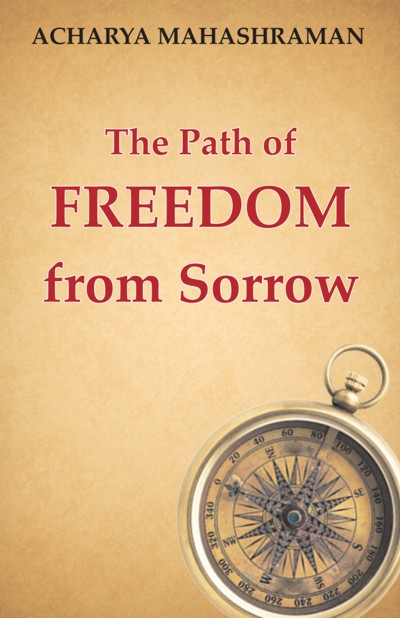Preksha Meditation is a great contribution of Acharya Mahapragya, A restorer of Jain Yoga, in the field of meditation. This technique of meditation has been propounded after a prolonged analytical studies and research of ancient Jain literatures. Later on, it was enriched with the modern scientific studies. It is based on the ancient Jain religion and very much in accordance with modern science.
Preksha Meditation is an integrated process of self-purification and a technique of introspection proved by experience. Physical health, mental peace, emotional purity, refinement of instincts, release of stress, management of anger etc.are its multiple fruits. Veetaragta is its nucleus effect. Its pure aim is to provide a practical ground to spirituality.
Preksha Meditation incorporates two kinds of practices -
- With Time-limit
- Without Time-limit.
Time-limit practice in Preksha Meditation includes kayotsarg (relaxation), antaryatra (internal trip), shwas preksha (perception of breathing), sharir Preksha (perception of boy), chaitanya kendra preksha (perception of psychic center), leshyadhyan (colour meditation) and the like. These are the practices with time-limit. For, they are being practiced for a certain amount of period. These practices cannot be done all the time constantly. The practice of equanimity, mindfulness and desistance oriented actions in Preksha Meditation are free from any specific duration of time. They do not need any certain amount of time to practice. Aman can practice them constantly.
The practice of equanimity means to live being free from attachment and aversion. Through deep analysis, we can find out that this practice of getting free from attachment and aversion is, in fact, true religion, non-violence, and meditation. All the activities of Preksha meditator like walking, sitting, sleeping, eating, drinking, talking and many more should be free from the thoughts of likes and dislikes. In other words, it should be endowed with equanimity.
Mindfulness (bhavkriya) means action with self-awareness. The consciousness of a man should be completely engrossed in the action he is performing. Only such actions can be accepted as the living action. At the time of walking, consciousness should be focused on walking only. Similarly, at the time of talking and eating the focus should be on the respective activity only. If the consciousness does not get focused completely with the action, the action becomes dead.
It is firmly required for a Preksha meditator to do each activity with full awareness and consciously.
It's a significant exercise for Preksha meditator to do desistance oriented action. Desistance controls the action. The examples of desistance oriented activities are: not doing unnecessary thinking, unnecessary physical activity, and unnecessary talking. Many times, some people practice silent for one or two hours. It is good and it is one type of silence. Another category of silence is controlling unnecessary talk or not speaking a single word unreasonably. Moreover, if needed, do not speak loudly but quietly.
Though, both practices (with time-limit or without time-limit) are meaningful and useful for a person willing for self-realization, but the practice without any time-limit seems more useful and important. By making them part and parcel of life, one can practice Preksha mediation at each moment and he can become a full-time meditator.
Preksha Meditation and Anuvrat both are complimentary to each other. Both of these contribute to the complete philosophy for holistic development of life. Therefore, it is expected that the person, who accepts the code of conducts of Anuvrat, should practice Preksha Meditation and a Preksha meditator should follow the code of conducts of Anuvrat.
 Acharya Mahashraman
Acharya Mahashraman
